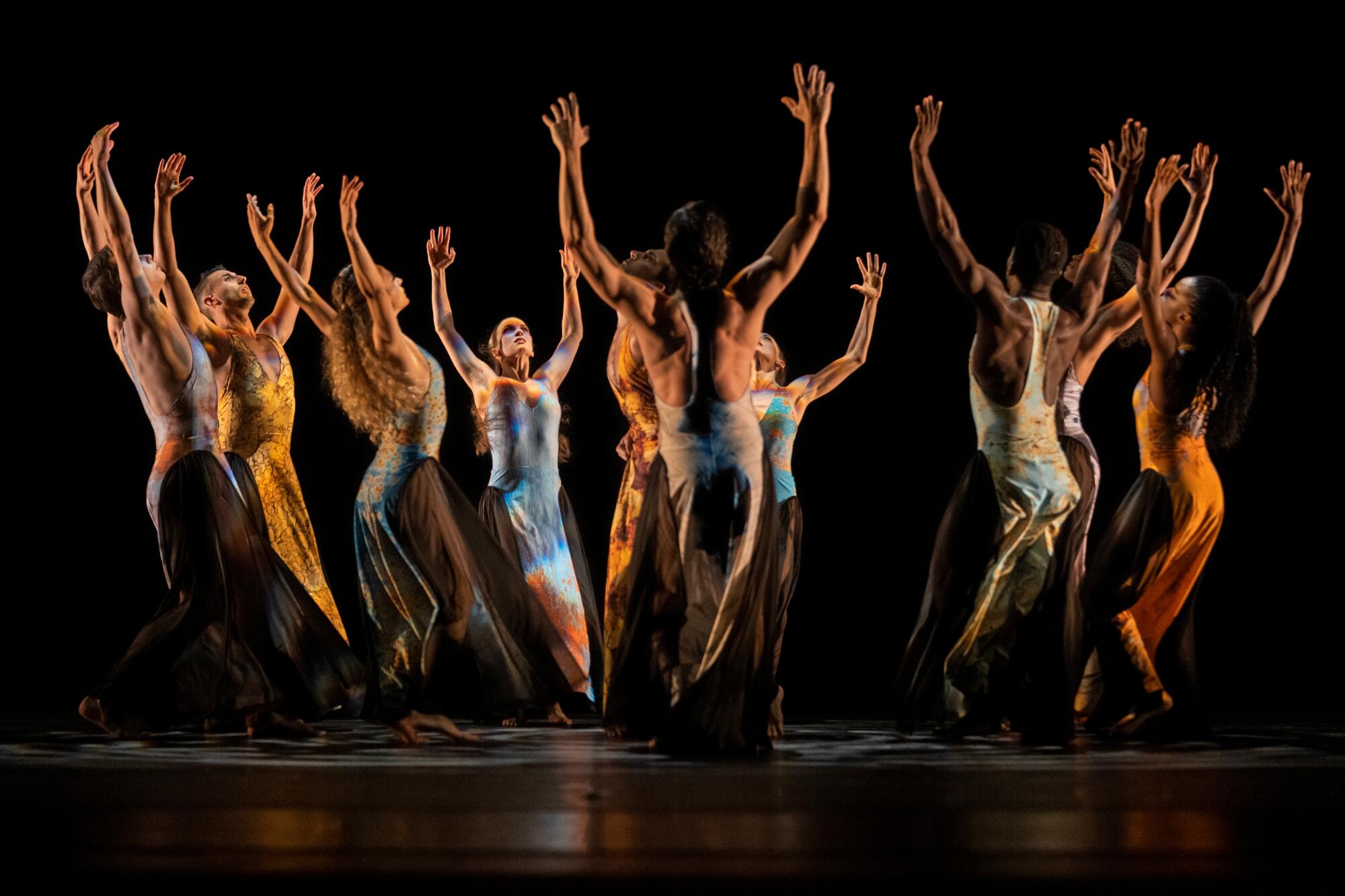
- Share via
Before Janet Eilber became the artistic director of the Martha Graham Dance Company in 2005, she was a dancer. Eilber danced in the company throughout the 1970s, under the tutelage of Graham herself.
During one of the first rehearsals she had with Graham in 1972, Eilber recalled the legendary choreographer telling her to get her “head on straight” because Eilber tended to tip her head to the side — a habit that got in the way of keeping her eyes straight and upholding a strong stance.
“She wanted me to get my head, on the power of my spine and rooted in my pelvis,” Eilber recalls. “And she wanted every move that I made to be intentional.”
It’s also an apt ethos for the Martha Graham Dance Company, especially as it nears its 100th anniversary in 2026. While planning the celebration of the milestone, Eilber and the company’s executive director, LaRue Allen, had to be intentional in revisiting Graham’s own history and honoring the longest-running dance company in the nation. The result is Graham100, a three-year celebration that starts this fall at the Soraya on the Cal State Northridge campus.
The three-year celebration is deliberate too. “We couldn’t fit it all into one season,” Eilber says. “The company and Martha Graham’s influence is just so pervasive in dance theater that we needed three seasons.”
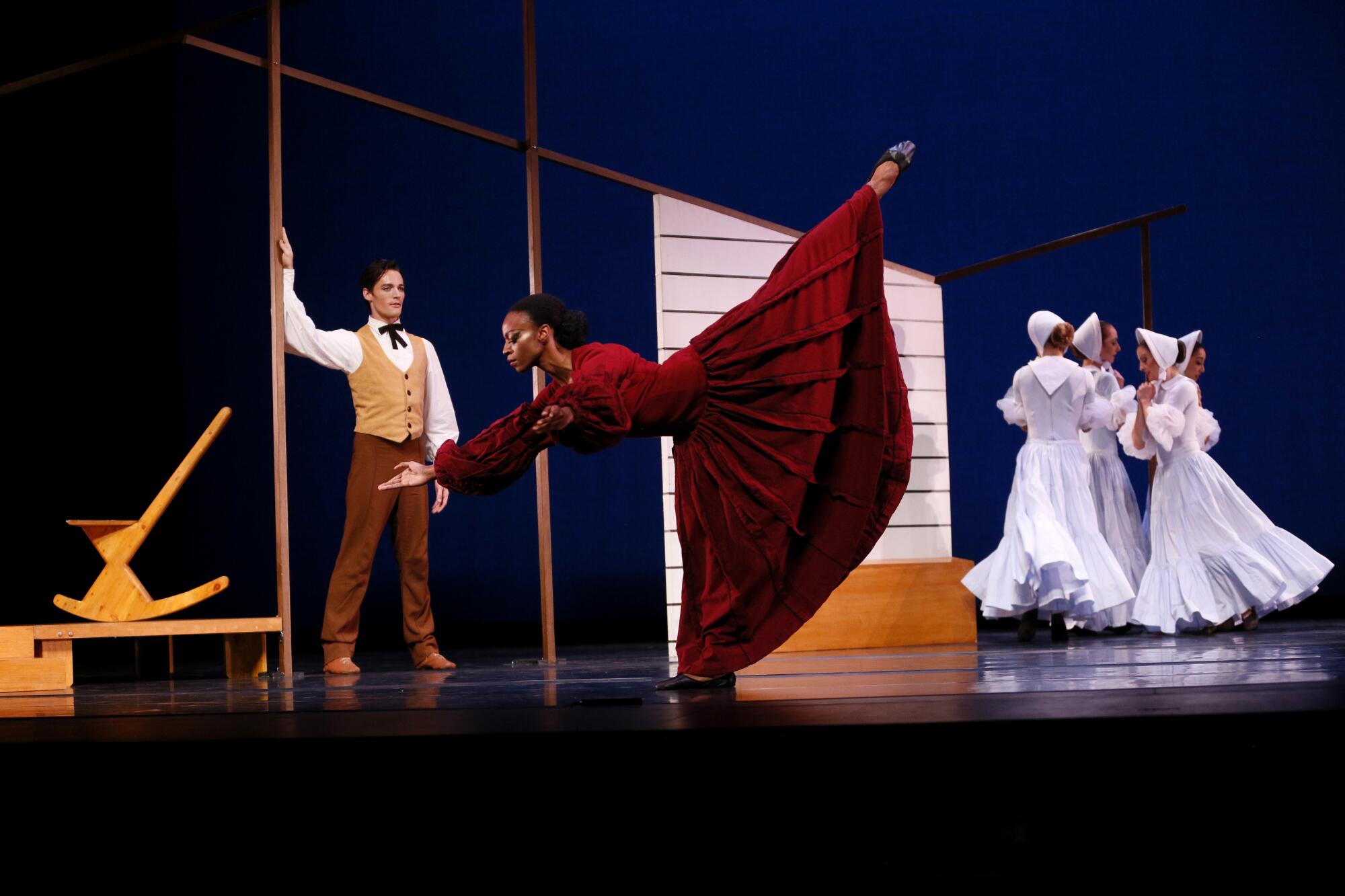
For the record:
11:05 a.m. Sept. 1, 2023An earlier version of this article said the Sept. 30 Soraya performance would include Martha Graham’s “Appalachian Spring.” It will include Ted Shawn’s “Serenata Morisca.”
The Graham100 seasons are divided thematically into three sections: “American Legacies,” “Dances of the Mind” and “The Masterpieces.” The celebration begins Sept. 30 at the Soraya, with performances of Graham classics “Dark Meadow” and “Maple Leaf Rag” along with Ted Shawn’s “Serenata Morisca” and a re-orchestrated production of Agnes de Mille’s 1942 work “Rodeo.” In the new production co-commissioned by the Soraya and the Martha Graham Dance Company, composer Gabe Witcher will rearrange Aaron Copland’s score for a six-piece bluegrass ensemble in an effort to highlight the musical form’s Black origins.
“Rodeo” tells a southwestern love story of a cowgirl and the head wrangler. However, the head wrangler is already courting the rancher’s daughter and the cowgirl is dedicated to winning him over. For a piece that peers into the world of the Wild West, Eilber and Allen wanted to alter the musical landscape to honor its roots. Copland’s original composition was created for a traditional orchestra and is cinematic, much like the ballet.
Allen says the team questioned the original incarnation of “Rodeo” and sought to make its performance more inclusive. “I think all of us in the arts felt like we needed to step up and be more proactive in our exploring American culture through the lens of our diverse population,” she says. “We wanted to be sure we weren’t looking at American culture simply through the eyes of the European-based population, but also through the immigrant population, whether that be forced emigration from Africa, or whether it be immigrants who have chosen to come to this country.”
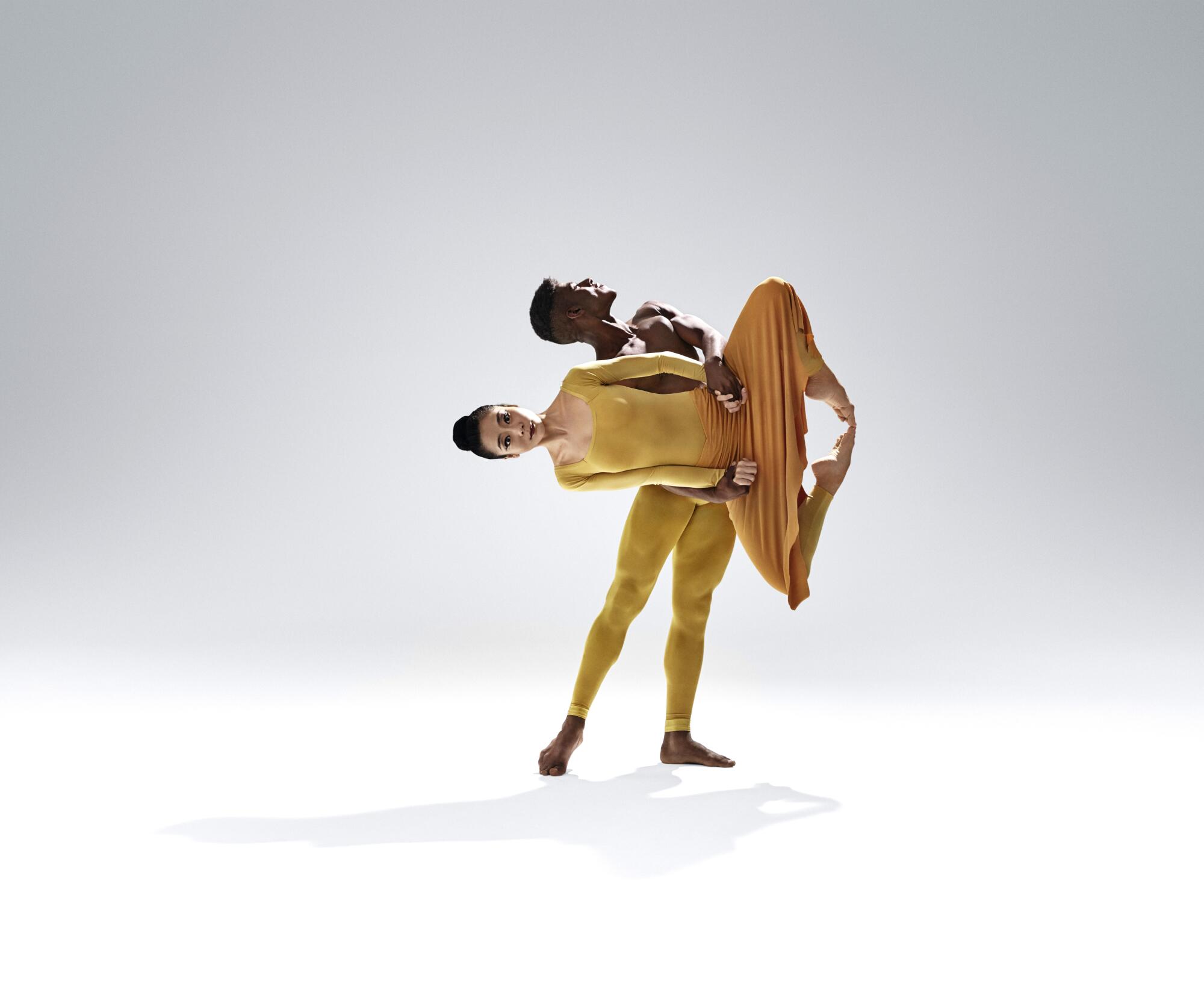
Later this fall, the company will premiere a new work by Jamar Roberts with a commissioned score by Grammy-winning composer Rhiannon Giddens. The piece will go on tour internationally throughout the 2023-2024 season and to the New York City Center in April alongside “Rodeo.” Other highlights of Graham100 include a series of solo performances throughout the Metropolitan Museum of Art’s galleries, a national lesson plan created by education specialist Cynthia Stanley, a PBS documentary about the company by award-winning documentarian Peter Schnall and Partisan Pictures, and new recordings of musical scores by L.A.-based music ensemble Wild Up.
Martha Graham’s company collaborates with Wild Up and the Soraya in Northridge to reimagine a 1937 dance for the digital (and coronavirus) age.
Thor Steingraber, the executive and artistic director of the Soraya, views Graham100 as a 360-perspective on the Graham’s influence and contemporaries.
“It’s really important to me that we’d be there for this pivotal moment, not only in Graham history, but in the history of dance, full stop,” he says.
Graham100 begins in Southern California, where Graham’s interest in dance began. Born in 1894, she moved to Santa Barbara in her teens with her family and studied at the Denishawn School, founded by Ruth St. Denis and Ted Shawn. She later made her way to the Greenwich Village Follies, where her choreographic ventures began.
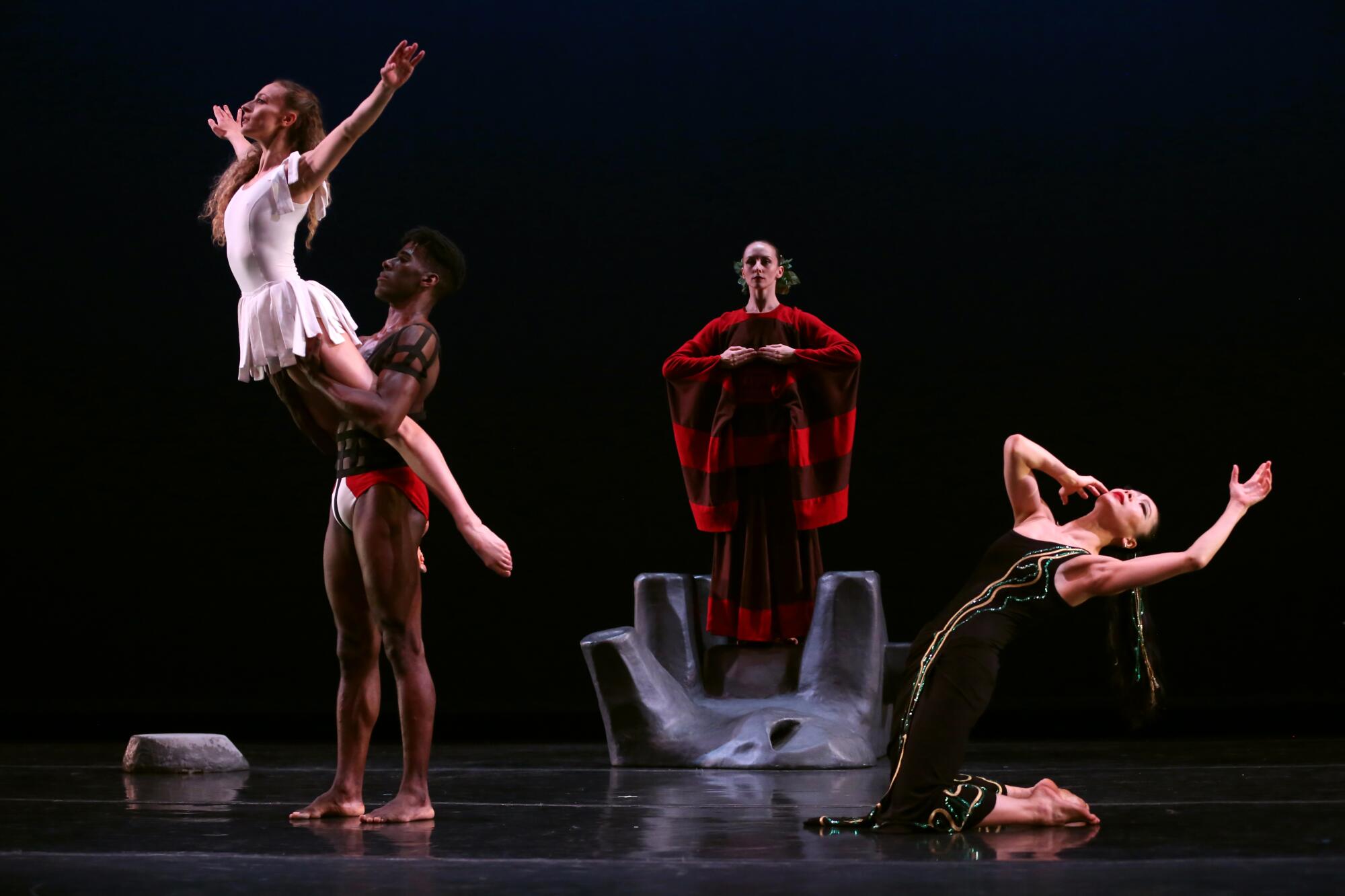
Eilber sought to have the celebration of Graham’s legacy at the Soraya because of the dance company’s long history of collaboration and innovative shows with the institution.
“It’s really unusual to have that kind of interaction with the theater more often,” she says. “We’re hired to come and dance and maybe do a masterclass and that’s kind of the usual formula.”
The Graham100 organizers made a point to explore little-seen works of Graham’s in addition to her masterpieces. Steingraber explained that in the 1930s, Graham created many solos and “not all managed to survive time.” One of the solos, titled “Immediate Tragedy,” had sparse documentation and hence couldn’t be replicated.
Then a few years ago a man approached the company after he found undeveloped film in his father’s attic that captured stills of “Immediate Tragedy.” They were taken from the front row of a performance, Steingraber says. The Soraya and the Martha Graham Dance Company brought the discovery to life with an online performance via Zoom of the solo by the company dancers in 2020.
“It was one of the best pandemic-era online projects that I saw,” Steingraber says.
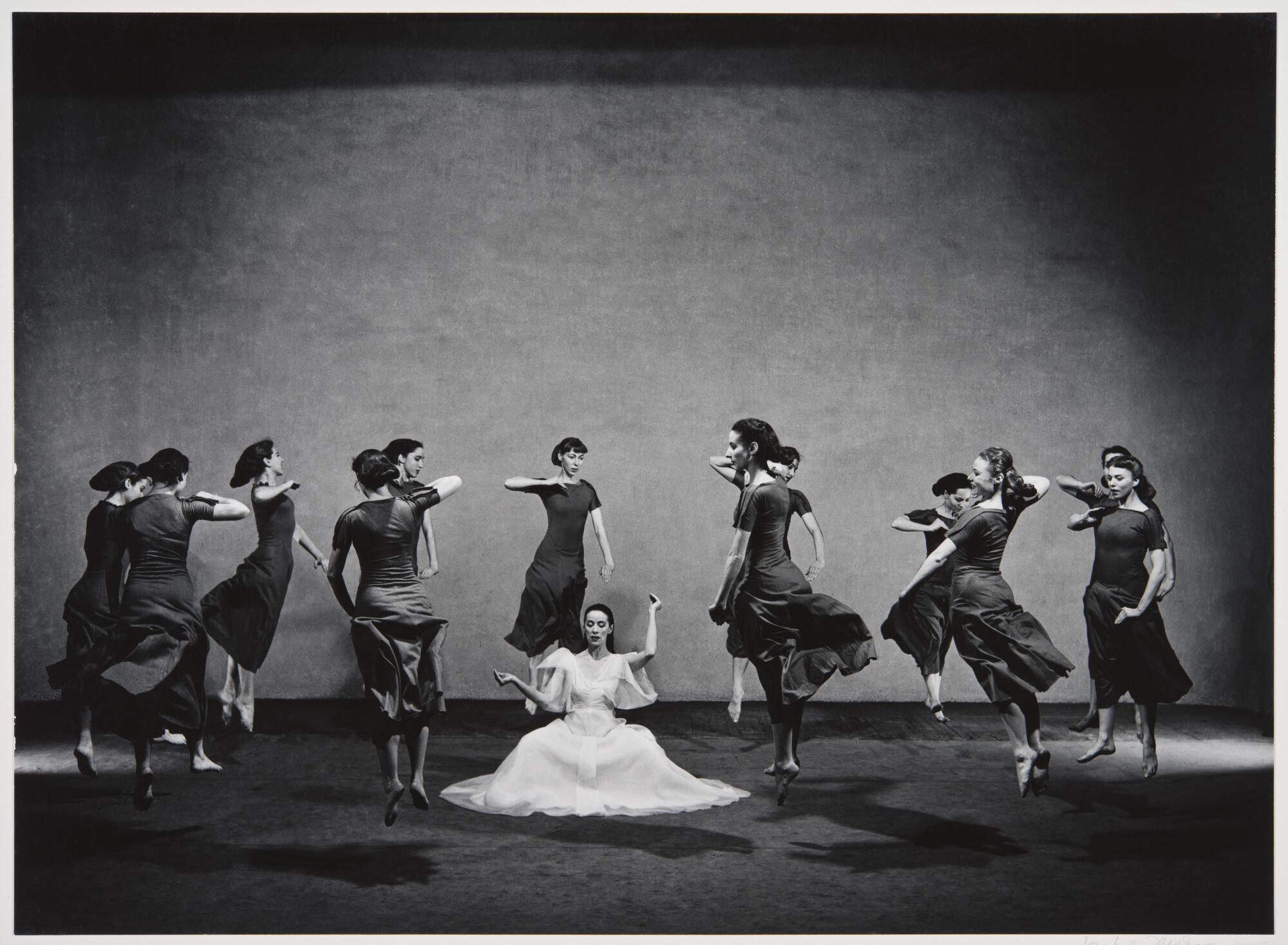
Graham’s legacy lives in her technique, the choreography that has been pieced together over the years (particularly with the Martha Graham Dance Company) and the memories people hold onto. Allen, like Eilber, studied at the Martha Graham School when she was younger. She recalled finding the techniques special, as they tended to focus on the core. “The Graham technique not only builds the body but also builds the dancers’ intellect, builds the artist, and gives the artist a lot to chew over and develops them into mature artists,” she says.
The “Immediate Tragedy” project in particular speaks to both the ephemerality of dance and the importance of celebrating the form, especially while leading dance makers are around.
“It’s embodied,” Eilber says. “The legacy is very personal to dancers. It’s a little different from music or visual arts, things that have tangible items.”
Graham100
Where: The Soraya, 18111 Nordhoff St., Northridge
When: 8 p.m. Sept. 30
Price: $49 to $129
Info: thesoraya.org
More to Read
The biggest entertainment stories
Get our big stories about Hollywood, film, television, music, arts, culture and more right in your inbox as soon as they publish.
You may occasionally receive promotional content from the Los Angeles Times.












